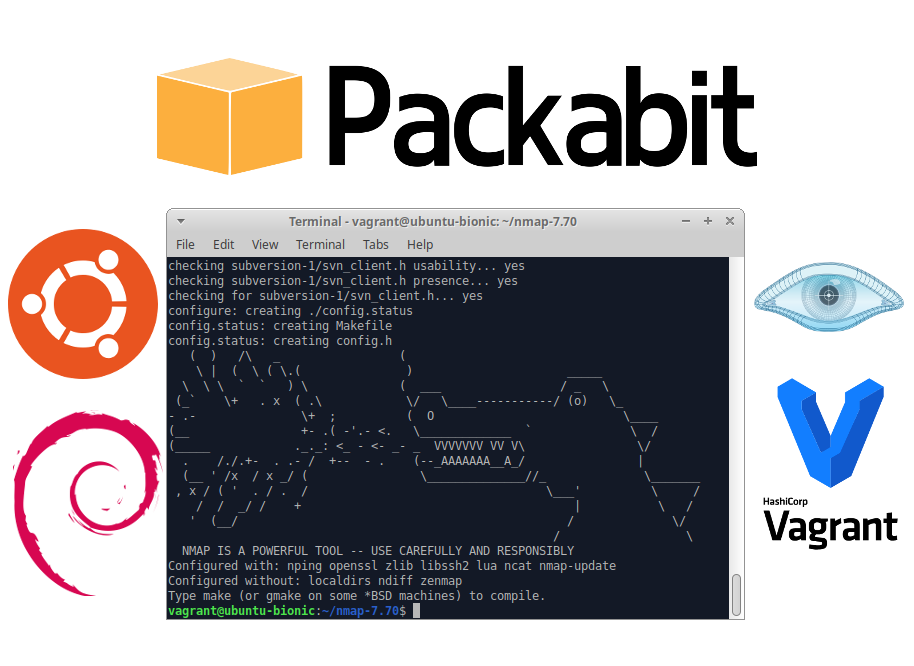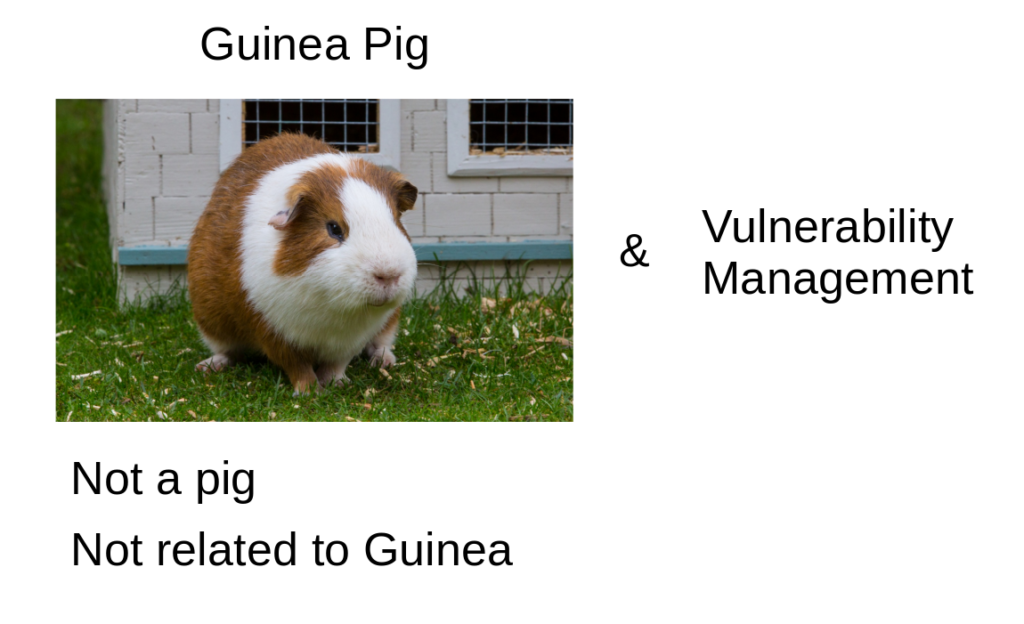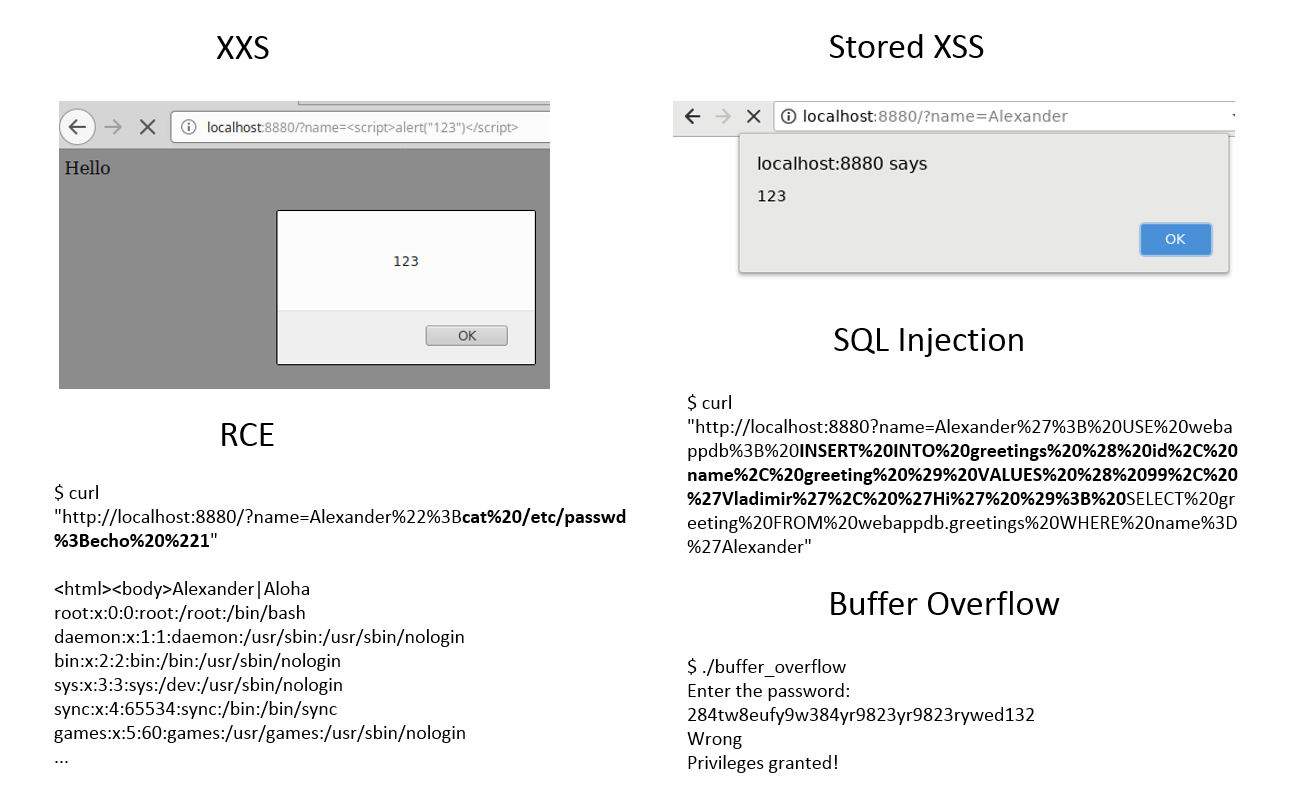Packabit project: building Nmap deb packages for Ubuntu. During the long New Year holidays (30 dec – 8 jan) I started a new project: Vagrant-based Linux package builder called Packabit. I thought it might be nice to have scripts that will automatically build a Linux packages from sources and will NOT litter main system with unnecessary packages. Something like a very simplified build server.

Why might someone want to build Linux packages on their own?
Official repositories of Linux distros usually contain pretty old versions of packages. Let’s take, for example, Nmap. The only version of Nmap available in the repository for Ubuntu 18.04.1 LTS is 7.60 , and the latest stable version of Nmap available on official website is 7.70.
Release dates according Nmap changelog:
- Nmap 7.70 [2018-03-20]
- Nmap 7.60 [2017-07-31]
The latency is more than a year.
Is it really necessary to use the latest version? Actually, yes. Every new version of Nmap contain more banner detects and service detects and produce more adequate results. Nmap project offers official packages only for RPM-based distributions: CentOS, RHEL, Fedora, etc. And if you need packages for DEB-based distributions, Debian, Ubuntu, Kali, etc. you should build them yourself.
What is the Packabit?
Currently it’s just 2 bash scripts for building stable Nmap package for Ubuntu 18.04: one is for creation and launching Vagrant virtual machine, the other runs on guest virtual machine and build Nmap package from the sources.
How to try it
I want this project to be as opensource as possible. If anyone wants to give it a try, get it from Github. For the end-user it looks like this: run the script build_nmap.sh, wait for 10 minutes and get new package from the packages directory. There won’t be any litter in a process. Each time a new virtual machine for building will be automatically created and then destroyed.






